The Castle of Almourol is a medieval castle, located on a small islet in the middle of the Tagus River, in the civil parish of Praia do Ribatejo, 4 kilometres (2.5 mi) from the municipal seat of Vila Nova da Barquinha, in the Portuguese Centre Region. The castle was part of the defensive line controlled by the Knights Templar, and a stronghold used during the Portuguese Reconquista.
History
It is believed that the castle was constructed on the site of a primitive Lusitanian castro that was later conquered by the Romans during the 1st century B.C.E. It was later remodelled by successive invading forces, including the Alans, Visigoths and Moors, although it is unclear when the actual castle was established. In excavations carried out in the interior and exterior enclosures, various vestiges of Roman occupation were discovered, that included coins, millennium markers and Roman foundations, while medieval remnants such as medallions and two marble columns were also discovered in the castle's vicinity.
The castle of Almourol is one of the more emblematic and cenographic medieval military monuments of the Reconquista, and best representation of the influence of the Knights Templar in Portugal. When it was conquered in 1129, by forces loyal to the Portuguese nobility, it was then known as Almorolan, and placed in the trust of Gualdim Pais, the master of the Knights Templar in Portugal, who rebuilt the structure. The structure was reconstructed, starting in 1171 (from an inscription over the principal gate) and restored during the subsequent reigns.
Losing its strategic place, it was abandoned resulting in its fall into ruins. In the 19th century, it was "reinvented" by idealistic romantics, which eventually led to interventions in the 1940s and 1950s, and its adaption as Official Residence of the Portuguese Republic.
During this period, restorations had proceeded, transforming the physical appearance of the structure, including the addition of crenellations and bartizans.
The DGMEN - Direcção-Geral dos Edifícios e Monumentos Nacionais (Directorate-General of Buildings and National Monuments), the forerunner of the IGESPAR first intervened on the site in 1939, through the construction of the chemin de ronde in masonry, including reinforced concrete; desmantlement and reconstruction of the corner of the keep; repair and consolidation of the battlements, including the demolition of the tower's allure, reconstruction of a brick vault under the existing; and reconstruction of the pavement in small stone.
Around 1940-1950, the spaces were adapted for its use as an official residence of the Portuguese Republic. At the end of this short term, the building's furniture was acquired by the Commission for Furniture Acquisition (Portuguese: Comissão para a Aquisição de Mobiliário) in 1955, while an electrical grid was installed.
Between 1958 and 1959, there was some consolidation of the keep with concrete straps, a project to diminish the permeability of the courtyard and reconstruction of the interior walls of the tower by the Escola Prática de Engenharia (Practical School of Engineering), as well as the reconstruction of a door that included doorposts and lintels.
In subsequent years, other projects occurred: in 1959, the repair of the facade of one section of wall; in 1960, with the conclusion of the repairs to the exterior walls, the pavement and road access was improved by the Direcção da Arma de Engenharia de Tancos (Tancos Directorate for Weapons Engineering). But, this roadway was improved with the reconstruction of a road that skirted the islet from the quay to the southern end of the castle, by theServiços de Engenharia do Estado Maior do Exército (Service of the Army Corp of Engineers).
By 1996, the walls were repaired, sections of the keep were preserved and the pavement in the castle restored.
Owing to water infiltration, the castle began to show some signs of degradation by 2004, including a few of the exterior walls.
Architecture
The castle rises over a granite outcropping 18 metres (59 ft), it is approximately 310 metres (1,020 ft) long and 75 metres (246 ft) wide, in the middle of the Tagus River waterway, a few metres below its confluence with the Zêzere River in front of the townTancos.
Although access to the Portuguese National Monument and fluvial islet is free, visitors to the structure must pay an inexpensive boat-ride across the river (which is the only way for visitors to reach the castle).
It is an irregular rectangular plan consisting of two enclosures: the exterior, lower level faces upstream with a traitors' gate, and walls reinforced by nine tall circular towers; and the interior enclosure, located in a higher elevation, whose walls are accessible by main gate to the main keep. The keep is three-stories tall and includes the original pads that supported the main truss. The remaining sentry towers are irregular, owing to the irregultar terrain.
The keep is actually an innovation at this castle, appearing in the 12th century after the Castle of Tomar, the principal defensive redoubt of the Templars in Portugal. Similarly, the watchtowers were innovations brought into western part of the Iberian peninsula by the Order, and applied in Almourol.
The interior is bisected by several masonry doorways that link the different parts of the castle. Two inscription stones mark the castle's history and its re-edification by Gualdim Pais (over the main gate), as well as its Christian history (from the cross carved into the space above an open window in the keep).
Legends
Two legends involve Almourol. Early in the 12th century, the lord of Almorolan was an Arab emir named Almorolon. The emir's beautiful daughter fell in love with a Christian knight. She began to sneak him into the castle every night so they could spend time together. The knight was just using the poor girl, and one night opened to gate to his fellow knights, who captured the castle. Almorolon and his heart-broken daughter embraced and threw themselves from the parapets into the river below.
The second legend is that of Donna Beatriz and the Moor. Beatriz was the daughter of the cruel Visigoth warrior, Dom Ramiro, in the 9th or 10th century. He killed a Moorish woman and her daughter over a cup of water, and soon captured an 11 year old Moorish boy, who unknown to Dom Ramiro was the son and brother of the murdered women.
The boy became the page of Dom Ramiro at Almourol, where he lived with his wife and daughter Beatriz. The revengeful boy slowly poisoned the don's wife until she died. While Dom Ramiro was off at war, the girl and her page fell in love despite themselves and the Moor's desire for revenge vanished. However Dom Ramiro soon returned, bringing with him a knight to who he had promised Beatriz.
The Moor told Beatriz of her father's cruelty - and about his own murder of her mother. The young couple vanished, fate unknown and Dom Ramiro died of remorse. It is said that on some nights with a full moon you can see the Moor hugging Donna Beatriz, with Dom Ramiro kneeling at their feet, imploring their forgiveness.
Sources: http://en.wikipedia.org/wiki/Castle_of_Almourol
http://www.carneycastle.com/Almourol/
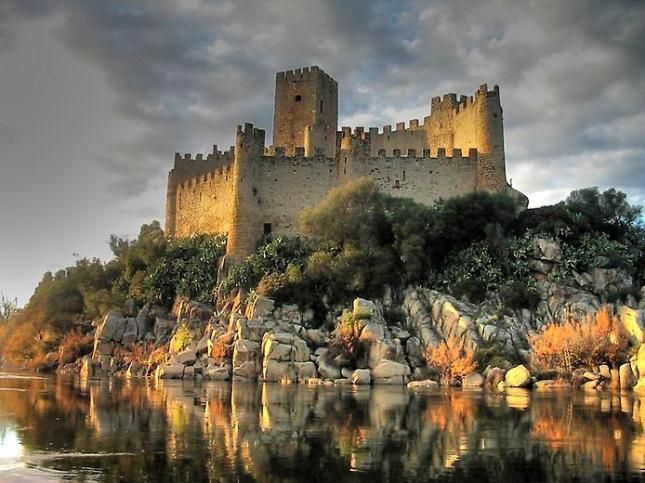
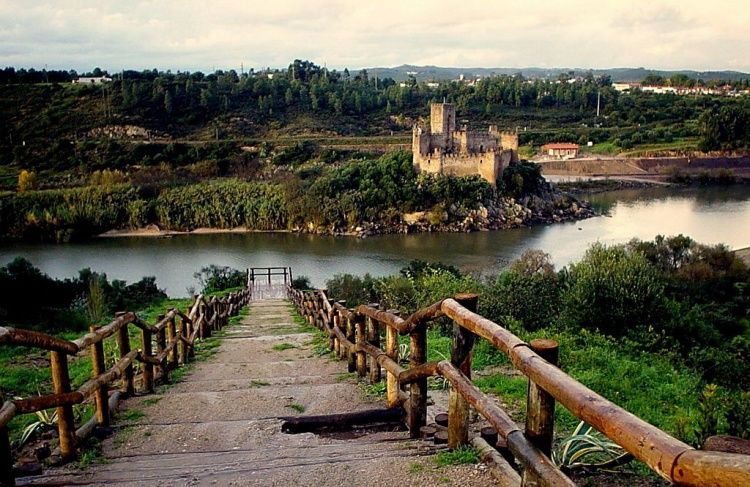
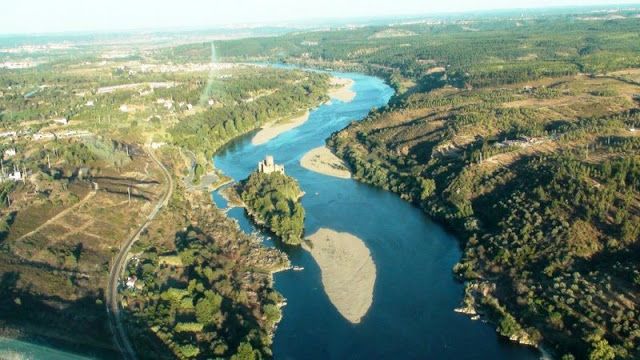
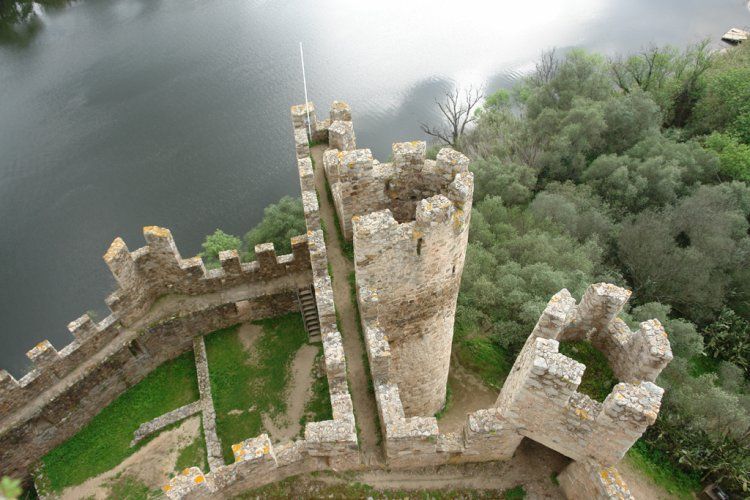
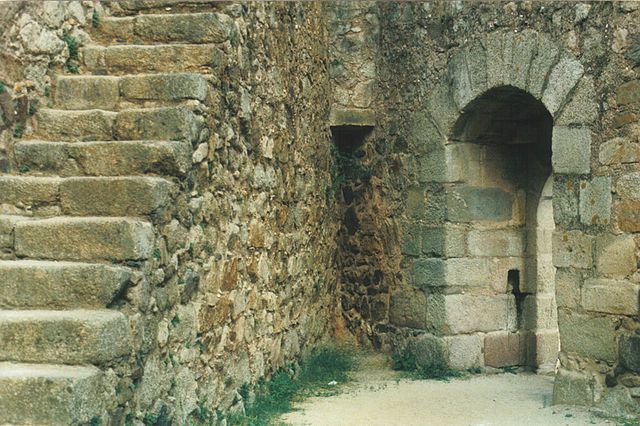


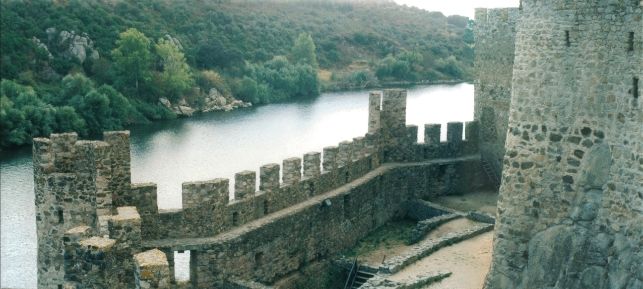
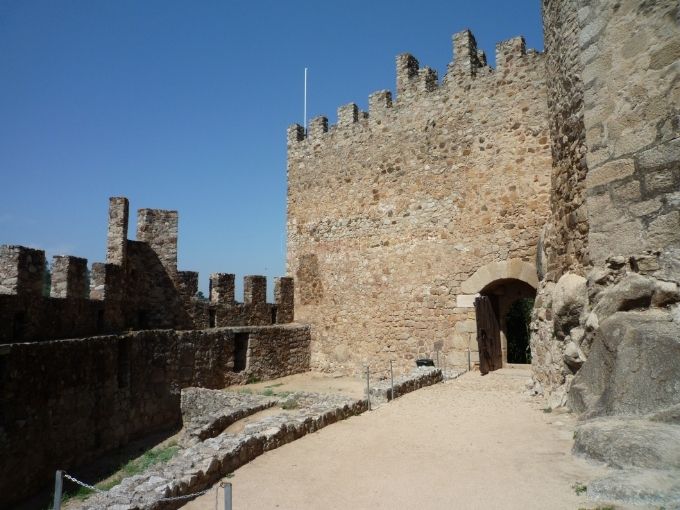

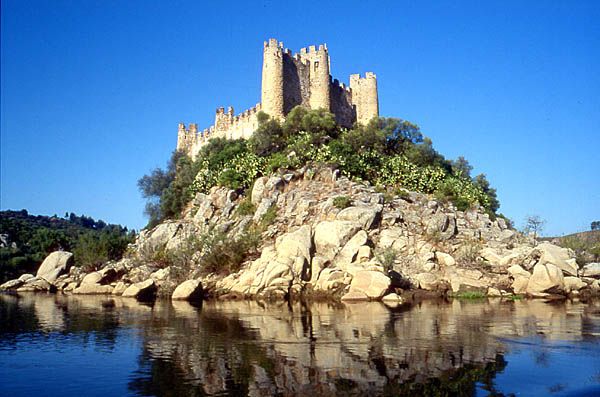
No comments:
Post a Comment